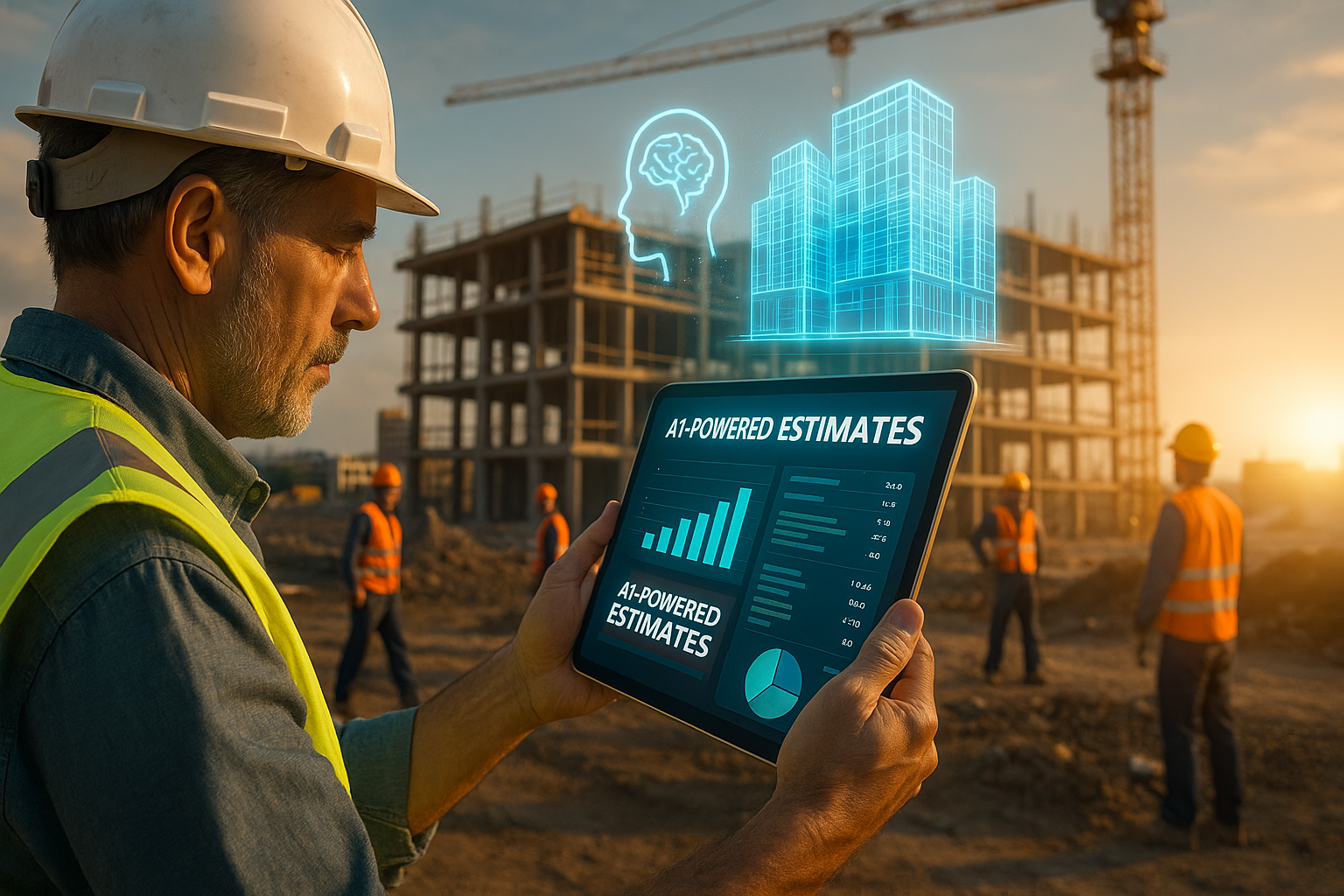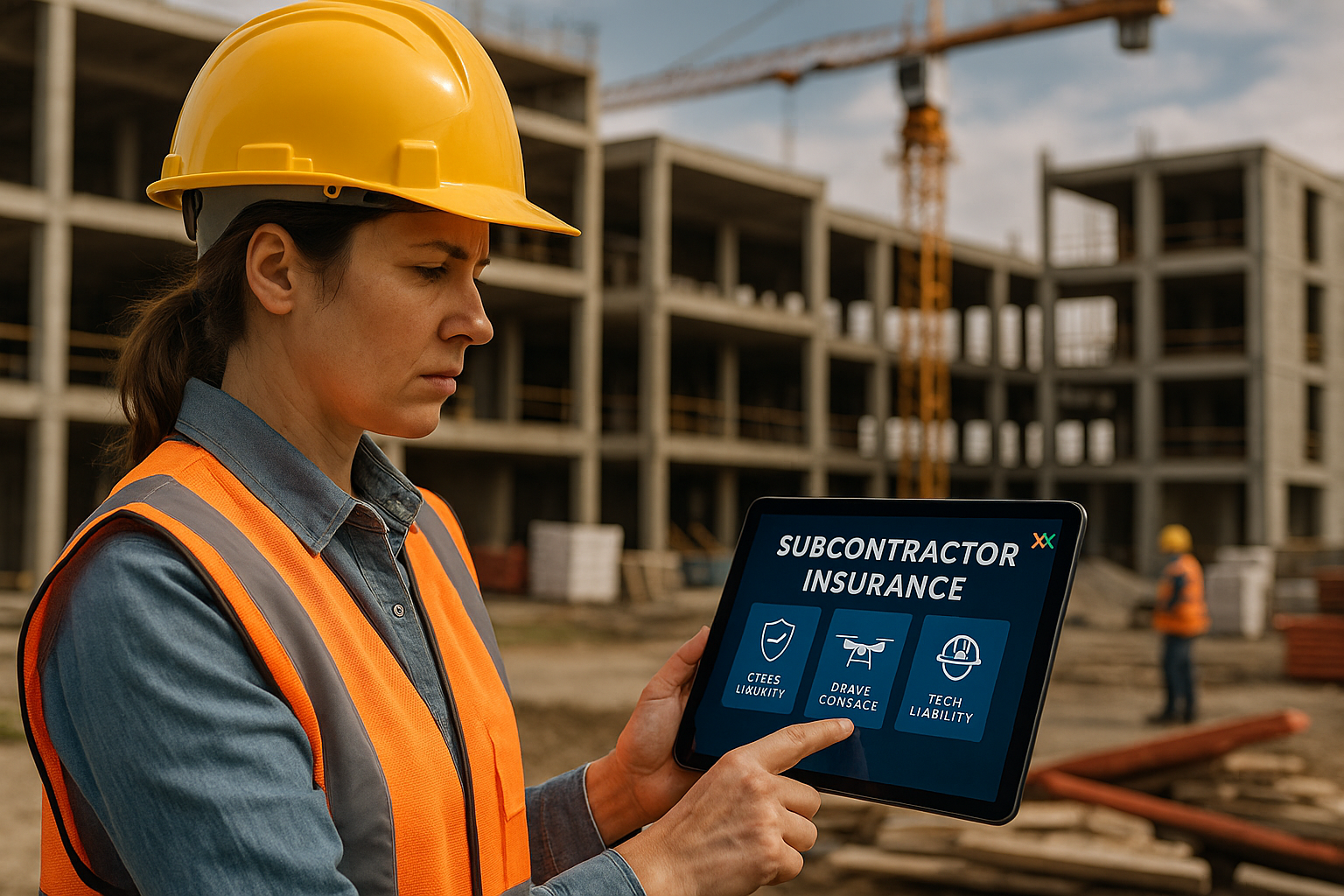AI-Powered Estimates: How Accurate Are They, Really?

In the race to win more bids with less overhead, AI-powered estimating tools are getting a lot of attention. Promising faster takeoffs, fewer errors, and better consistency, they sound almost too good to pass up. But how accurate are they really—and what should subs be watching for before putting too much trust in automated estimates?
Let’s cut through the hype and take a practical look at where AI estimating shines, where it struggles, and what sub-trades need to consider when adding these tools to their workflow. Because when it comes to estimating, even small errors can quickly snowball into big losses.
How AI Estimating Works
Most AI estimators work by analyzing historical project data, plan sets, and cost databases to predict quantities, pricing, and potential risks. Some use machine learning to get ‘smarter’ over time, refining their outputs based on corrections and feedback. Others use visual recognition software to scan plans automatically and pull quantities or measurements without human input.
In simple terms, AI is trying to spot patterns and automate what human estimators would normally do manually—but much faster. However, speed doesn’t always mean accuracy, especially when project details get complex.
Example in Action:
A framing subcontractor tested an AI-powered estimating platform across a series of mid-rise apartment builds. For straightforward floorplans with typical materials, AI estimates were within 5% of human-generated numbers. But when it came to custom staircases, sloped framing, and intricate design features, the system missed critical labor factors, leading to cost variances of 12–15% on more complex areas.
In another case, a mechanical subcontractor using AI for HVAC installs found that while equipment lists were spot-on, the tool underestimated the time required for site-specific challenges like ceiling congestion and tight access spaces, which pushed project labor budgets over by nearly 10%.
Strengths of AI-Powered Estimating
When used correctly, AI estimating offers real benefits:
- Speed: Generating a preliminary estimate can take hours instead of days, allowing more bids to be submitted without overloading teams.
- Consistency: Reduces human error and variability between different estimators, especially on repetitive project types.
- Volume: Enables companies to pursue smaller or faster-turnaround projects that might otherwise be skipped.
- Pattern recognition: Helps spot missing quantities, unusual pricing, or gaps that might be overlooked during manual takeoffs.
Limitations and Pitfalls
Despite the advantages, AI estimating isn’t foolproof, and there are real risks if not approached carefully:
- Garbage in, garbage out: AI tools are only as good as the data they’re trained on. Bad historical data means bad outputs.
- Limited judgment: AI struggles with jobsite-specific nuances, such as tricky access routes, poor weather impacts, or unusual materials.
- Overconfidence: It’s easy to assume AI estimates are accurate just because they look polished. Without human review, critical errors can sneak through.
- Licensing limitations: Some platforms limit the number of users or features unless you pay for upgrades, adding hidden costs.
Practical Takeaways for Sub-Trades
Thinking about adopting AI estimation? Here’s how to approach it smartly:
- Use AI as a first pass: Let it generate a draft, but have an experienced estimator fine-tune the final numbers before submission.
- Test and validate: Run AI-generated estimates against known past projects to check accuracy and learn where manual adjustments are needed.
- Invest in data quality: Organize and update your project history. The better your internal data, the better your AI output will be.
- Train your team: Estimators should understand both the capabilities and the limits of AI tools, rather than blindly trusting the outputs.
- Know when to override: On unique, custom, or highly complex projects, human expertise must always take the lead.
Final Thoughts
AI-powered estimating tools are powerful—but they’re not perfect. They’re best seen as a force multiplier for skilled estimators, not a substitute for real-world experience. Used wisely, AI can speed up the bidding process, sharpen pricing accuracy, and free up human estimators to focus on complex problem-solving rather than repetitive tasks.
Sub-trades who treat AI estimating as a partner rather than a replacement will position themselves to win more work, protect their profits, and avoid the costly mistakes that can come from over relying on automation. The future of estimating isn’t about man versus machine—it’s about using both together, smartly.
*Brought to you by Plexxis Software: Offering software solutions for the construction industry that integrates cloud, mobile and on-premise software to improve and enhance team performance.

Chad Pearson
Sr. Start Team Leader
Share:
New From Plexxis

Green Bids: Winning More Work Through Sustainability Metrics

Beyond the Hard Hat: The Reality of Psychological Safety on the Job

Subcontractor Insurance: Are You Covered for Today’s Digital Risks?

